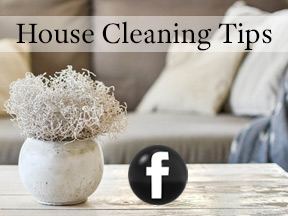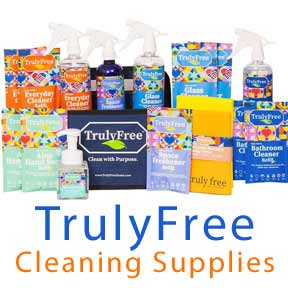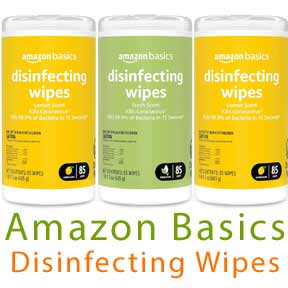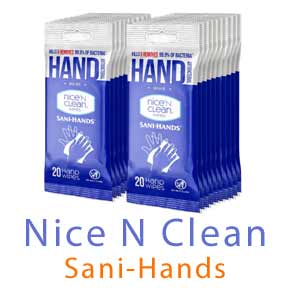How to Remove Rust Stains

How to Remove Rust Stains
If you’ve ever wondered how to remove rust stains from clothing, carpets, sidewalks, metal, or bathroom fixtures, you know they can be some of the most stubborn stains you’ll encounter. Whether they come from rusted pipes, car parts, outdoor furniture, or hard water, rust stains are unsightly and, if left untreated, can cause permanent damage. The good news? With the right techniques – and a little patience – you can tackle rust stains on almost any surface.
Remove Rust Stains on Clothing and Fabric
Rust on fabric can come from rusty pipes, brushing against a rusted surface, or washing with water high in iron content. The safest and most effective way is often a commercial rust remover designed for fabrics (e.g., Whink or Rit Rust Remover). Always test in an inconspicuous area first and follow label directions exactly.
If you prefer a DIY method:
- Lemon Juice or White Vinegar – Lay the stained fabric over paper towels, saturate the stain with lemon juice or vinegar, then blot. Place it in direct sunlight until dry, then wash as usual.
- Lemon and Salt – Sprinkle salt on the stain, squeeze lemon juice over it, place in sunlight, then rinse and launder.
- Rhubarb Method – Boil rhubarb stalks in water for 15 minutes. Soak the stained item in the cooled liquid for 1–24 hours, then rinse and wash.
Does Rhubarb Really Work?
Yes, rhubarb works. Using rhubarb sounds like one of those “grandma’s cleaning tricks” that you’d expect to find in a 1950s homemaking guide, but it actually works. It’s more of a quirky, “if you have it on hand” option than an essential rust-removal method.
- Why it works: Rhubarb contains oxalic acid, the same active ingredient found in some commercial rust removers like Bar Keepers Friend and Zud. When you boil rhubarb and soak a rust-stained fabric in the cooled liquid, the oxalic acid helps dissolve the iron oxide (rust) without damaging most natural fibers like cotton or linen.
Rhubarb is gentler than straight oxalic acid powder, but still mildly acidic, so you should test on delicate fabrics. It works best on fresh or light rust stains as deep, set-in stains usually need something stronger. It’s not worth buying rhubarb just for cleaning unless you already have some; commercial rust removers or vinegar/lemon juice are usually more practical.
Avoid chlorine bleach on rust stains – it reacts with iron and can make stains worse.
How to Remove Rust Stains on Carpets and Upholstery
For carpets, a specialty product like Chemspec RX for Rust (Bane-Clene) works well and is safer than hydrofluoric acid-based removers.
Steps for Cleaning Rust from Carpets and Upholstery
- Test for colorfastness first.
- Apply the product to the stain.
- Gently agitate with a soft brush.
- Let it sit for 2 minutes.
- Blot with a clean white towel, then rinse thoroughly.
Getting Rid of Rust Stains on Bathroom and Kitchen Fixtures
Rust stains in sinks, tubs, and toilets are usually from high iron content in water. A water softener can prevent future stains, but for existing ones:
- Commercial Cleaners – Whink, Zud, Lime-Away, or Bar Keepers Friend work well.
- Natural Option – Use lemon juice or white vinegar full strength. For heavy stains, mix 1 cup vinegar (or lemon juice) with 1/2–3/4 cup borax or baking soda to make a paste.
- Apply, let sit for 10 minutes, scrub with a non-abrasive sponge, rinse thoroughly.
Removing Rust Stains on Cement, Brick, and Sidewalks
Outdoor rust stains often come from metal furniture, tools, or hard water. To remove:
- Sweep and rinse the area.
- Pour lemon juice or vinegar on the stain and let it sit for 15 minutes.
- Scrub with a stiff-bristled brush, rinse, and repeat if needed.
- For stubborn stains, try an oxalic acid-based product like Zud or Bar Keepers Friend. Use gloves and follow all safety directions.
Rust Stains on Metal Surfaces
For rusty tools, appliances, or outdoor furniture:
- Rust Doctor – Converts rust into a black, paintable surface without sanding.
- DIY Method – Mix baking soda with water to make a paste, apply to rust, let sit, scrub with steel wool or a wire brush, rinse, and dry completely.
- Always dry and coat metal with oil or paint afterward to prevent new rust.
Rust Stain Removal Tips
- Act Fast – The sooner you treat rust stains, the easier they are to remove.
- Avoid Heat – Never put rust-stained fabric in a dryer before the stain is gone, it will set permanently.
- Rinse Well – Residual acids or chemicals can weaken fabric or corrode surfaces over time.
- Prevention – Store metal objects indoors, keep surfaces dry, and use rust-inhibiting sprays.
Whether it’s clothing, carpets, sidewalks, metal, or porcelain, knowing how to remove rust stains means you can restore your items instead of replacing them. Use the right method for the surface, wear protective gear when handling strong cleaners, and treat stains quickly before they have time to set. With these techniques in your cleaning arsenal, rust stains don’t stand a chance.






